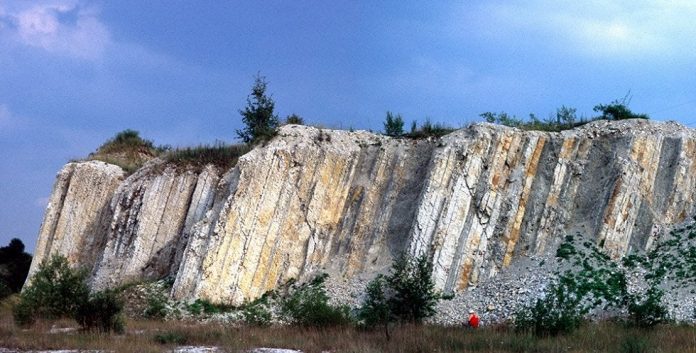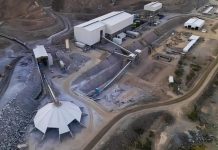
Scientists have discovered a long sought-after rock sample in a former German quarry which may hold the key to the transition between eras some 89.4 million years ago.
A sample of this kind had remained elusive for 20 years before the 40-metre rock sequence was discovered by researchers from Goethe University Frankfurt, the University of Warsaw and other institutes from around the world.
The sample provides a seamless transition between the Cretaceous, Turonian and the Coniacian Ages and can be used around the world to unlock answers about certain types of molluscs.
Silke Voigt from the Goethe University Frankfurt described the significance of the discovery.
“This means that variable geological sequences, such as marine shelf sediments in Mexico or the deep sea in the tropical Atlantic, can now be compared and classified in time,” Voigt said.
“This is important in order to be able to make an exact chronological classification, even in the case of incomplete successions and ultimately to see, for example, what the climate was like at a certain time in the past in different places in the world.”
The oldest appearance of one species – the Inoceramid species Cremnoceramus deformis erectus – was also found in the quarry, near Salder in central Germany.
The site was originally quarried for limestone and marl used in cement and ore processing but now belongs to Germany’s Natural Landscape Foundation.
André Bornemann from Energy and Mining in Hanover explained why samples like this had been hard to come by until this point.
Source: www.quarrymagazine.com



































